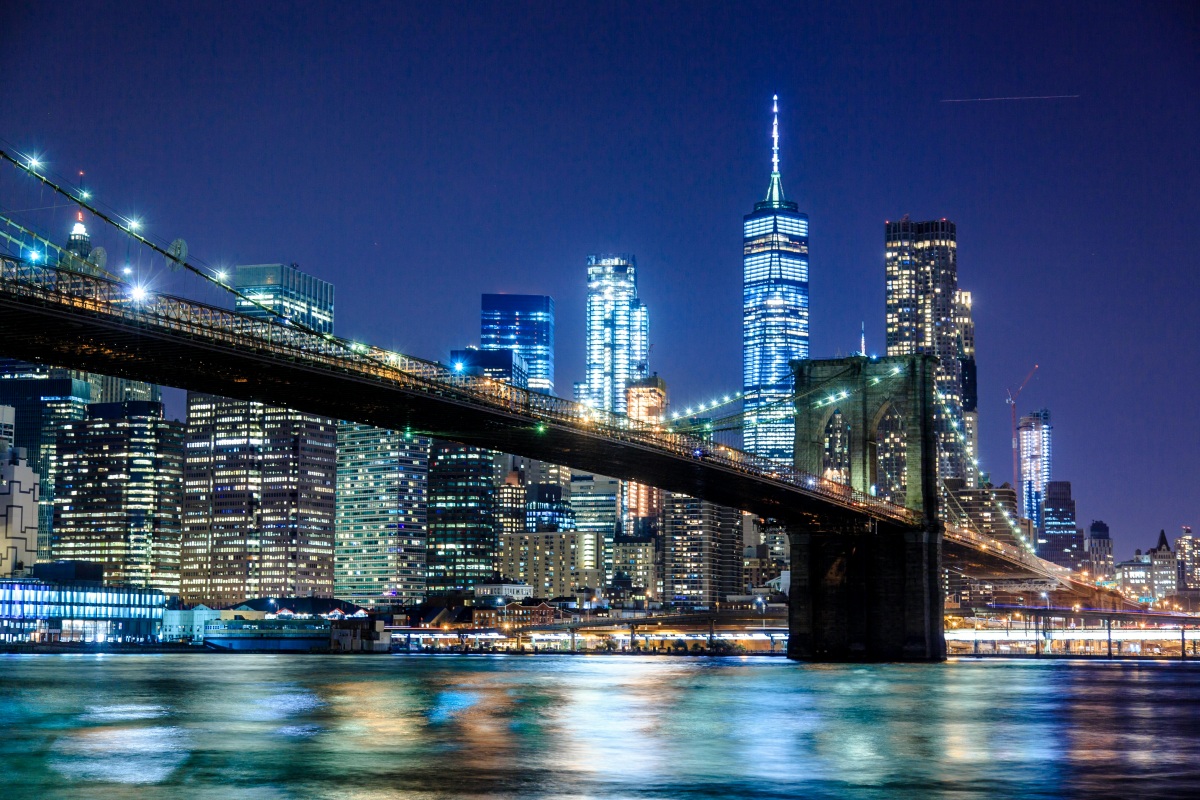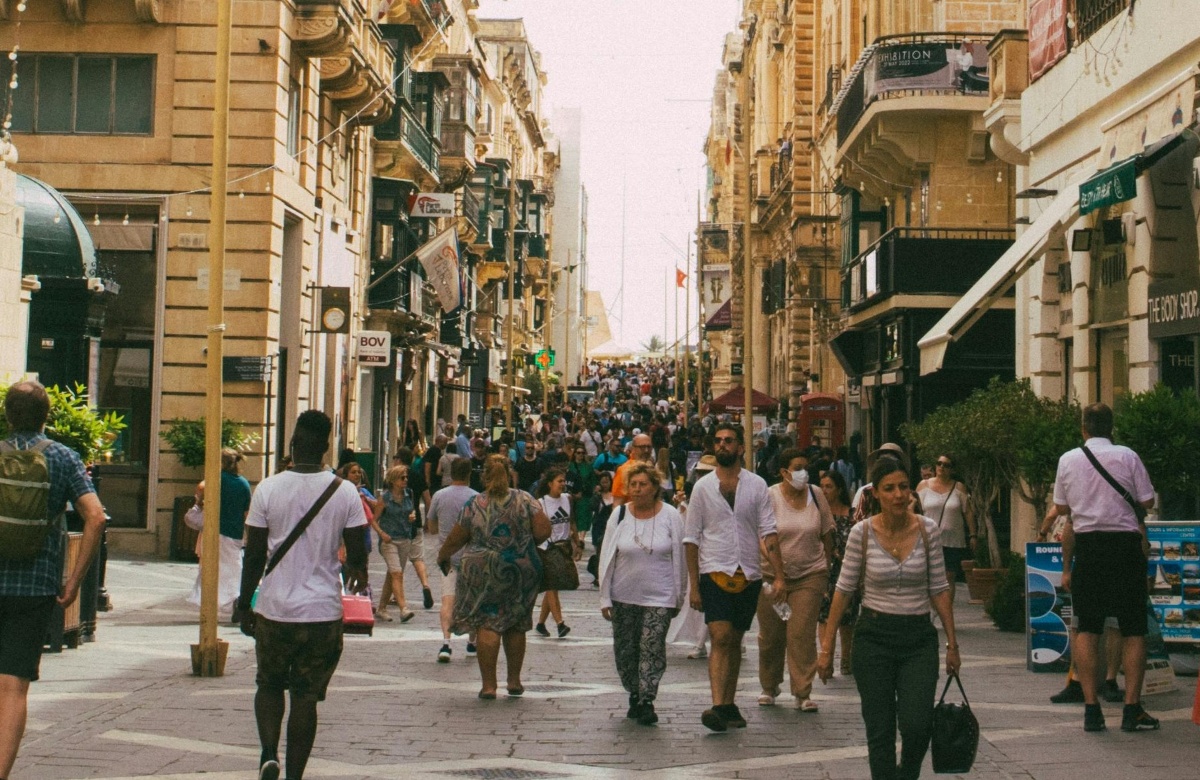It seems like the return to previous strengths of Malta’s tourism industry will be protracted, with the Central Bank of Malta downgrading its tourism outlook, and the national airline – Air Malta – recording a significantly muted tourism recovery this summer.
The Central Bank of Malta (CBM) delayed the projected beginning of Malta’s tourism recovery in light of recent figures falling short of its previous projections.
Monthly tourism expenditure has fallen short of the bank’s previous projections since the start of January when a cycle of disruptive COVID-related developments began with the shutting down of international travel with many countries due to the ‘British variant’ of the virus.
The projected levels of tourist expenditures in Malta in the CBM’s June projections were estimated this year to stand at 30 per cent of 2019 levels, however, based on data from the first half of the year, this estimate was lowered to 22 per cent in most recent projections.
In the medium term, the CBM expects tourism expenditure to rise to 75 per cent and then 90 per cent of 2019 levels but acknowledges that other organisations’ projections are somewhat lower.
For example, according to the latest Eurocontrol European flight projections, 2022 traffic levels could fall between 84 per cent and 59 per cent, with a mid-range scenario of around 72 per cent.
The negativity around the short-term prospects of Malta’s tourism market is reflected in the experience of one of the sector’s key stakeholders, the national airline, Air Malta.
Speaking to BusinessNow.mt, the company’s CCO Roy Kinnear explained that it’s been a disappointing summer, with local Maltese travel agents cancelling swathes of tickets, which would usually be occupied by those on package holidays and the like.
Regarding outgoing tourism, Mr Kinnear commented: “The home-grown market, in general, is not in a strong position and demand is clearly not back to what one might normally expect”.
This, he speculated, could be because people are preferring to holiday locally, in Gozo for example.
Reflecting on the summer so far, Mr Kinnear acknowledged the “well-documented” precipitous drop of tourist arrivals in mid-July, as a raft of new travel restrictions was introduced for those travelling in Malta.
Since then, he says it seems like the market has moved out of its decline, but “by no means” has there been a V-shaped recovery. Instead, only the green shoots of recovery have materialised, Mr Kinnear explains.
The slow recovery of tourism arrival volumes into Malta has been blamed by some on the Government’s stringent entry requirements, which force travellers to have been double vaccinated or failing this to isolate at their own expense in a designated quarantine hotel.
According to Malta International Airport data, the number of arrivals into the country via air in July was only 39 per cent of what it was in the same month in 2019.
Earlier projections, including those of the European Commission, had counted on mass vaccinations to help the European tourism sector recover to pre-COVID levels in the coming years.
In a report earlier in the year, the Commission said: “The expected rollout of vaccinations in 2021 and a gradual easing of restrictions in the EU should set the tourism sector back on the path to recovery and re-invigorate domestic demand.”
While the vaccination rollout is proceeding in Malta at break-kneck speeds though, progress in many of the country’s most prominent tourism partners has been somewhat slow, meaning many are unable to travel to the country.
According to calculations by BusinessNow.mt at the start of August though, key partners, such as the UK, Italy, France and Germany will reach peak vaccination levels by early October.
Experts call for stronger digital financial literacy across all ages and sectors
Panellists agreed that while digitalisation has made finance more accessible, it has also introduced new risks and inequalities
Malta’s effective population peaked at 650,000 during August 2024
St Paul’s Bay’s effective population topped 58,155 during the same month
The Malta Chamber cautions against rushed move toward four-day work week
The Chamber warned that a four-day week could hurt productivity, raise labour costs, and weaken Malta’s competitiveness






